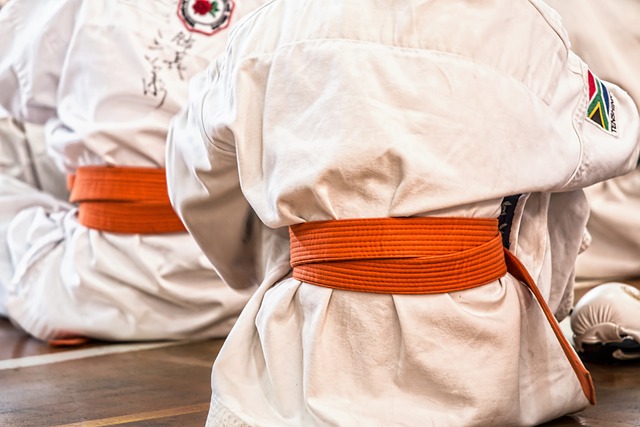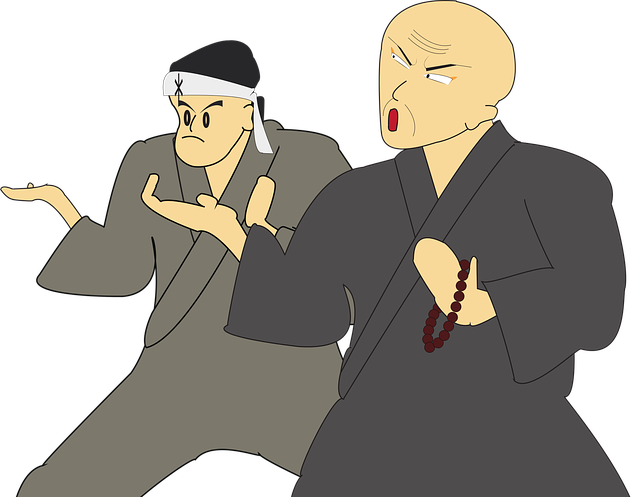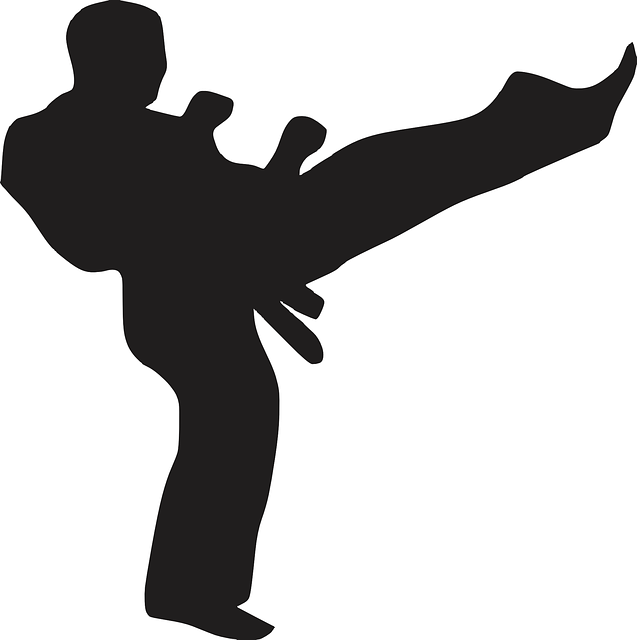When purchasing Karate gear, investing in a high-quality gi is essential for both comfort and performance. The ideal gi should be made of durable, breathable material like cotton or poly-cotton blends to handle intensive training while maintaining comfort. It must fit well—neither too tight nor too loose—allowing for full range of motion in the 'uppa' jacket and 'are' trousers without compromising on coverage. The gi should adhere to the specific style of Karate you practice, with some styles preferring a heavier weave for added rigidity. When buying karate equipment like gis, it's crucial to consider size carefully using supplier size charts to ensure the garment lasts and reflects your commitment to the discipline. Your belt should also match your current rank, usually starting as a white belt for beginners. For both novices and seasoned practitioners, a well-chosen gi is key to an uninterrupted training experience that aligns with dojo standards and competition regulations.
When stepping onto the dojo mat, one’s attire is a reflection of respect and readiness. Known colloquially as a “gi” or “keikogi,” a Karate uniform serves as both a practical garment and a symbol of discipline within the martial arts community. This article delves into the specifics of selecting the ideal karate gi, ensuring you buy karate equipment that meets your needs for comfort, durability, and adherence to traditional practices. From understanding the various styles to choosing the right fabric and achieving a perfect fit, “Choosing the Right Karate Uniform: A Guide to Buying Karate Equipment” and “Essentials of a Karate Uniform: Style, Fabric, and Fit for Optimal Performance” will guide you through the essentials of this foundational element of karate practice.
- Choosing the Right Karate Uniform: A Guide to Buying Karate Equipment
- Essentials of a Karate Uniform: Style, Fabric, and Fit for Optimal Performance
Choosing the Right Karate Uniform: A Guide to Buying Karate Equipment

When venturing into the martial art of Karate, selecting the appropriate attire is a significant aspect of your training regimen. The traditional garb for practicing Karate is the gi, which serves as more than mere clothing; it’s a symbol of respect and discipline within the dojo. When purchasing a Karate gi, consider factors such as material, fit, durability, and comfort. High-quality cotton or poly-cotton blends are commonly preferred for their breathability and ability to withstand the wear and tear of rigorous training sessions. The jacket, known as the ‘uppa,’ should have a snug yet flexible fit, allowing for a full range of motion without hindering your movements. The trousers, or ‘are’ should also be tailored to ensure they do not restrict your mobility while providing adequate coverage. It’s important to choose a gi that aligns with the specifications of your chosen Karate style; some styles may prefer a heavier weave for more rigidity and formality. When buy karate equipment, including your gi, prioritize quality as it will endure frequent washing and use. A well-maintained gi not only lasts longer but also represents the wearer’s dedication to the martial art. Additionally, consider purchasing a belt that matches your rank, with beginner practitioners often starting with a white belt. Remember to buy karate equipment from reputable sources that offer a range of sizes and styles to accommodate different body types and preferences. With the right Karate uniform, you’ll be well-equipped to focus on honing your techniques and advancing in your martial arts journey.
Essentials of a Karate Uniform: Style, Fabric, and Fit for Optimal Performance

When practicing martial arts like Karate, the attire you choose plays a pivotal role in your comfort and performance. A Karate uniform, often referred to as a Gi, is more than just a garment; it’s a symbol of respect for the discipline and its traditions. The essential characteristics of a high-quality Karate Gi include its style, fabric, and fit. The style should align with the specific discipline of Karate you are practicing, whether it be Shotokan, Kyokushin, or another form, as each may have slight variations in the cut and design of the uniform.
The fabric from which the Gi is made is equally important. It should be durable enough to withstand the rigors of training while allowing for a full range of motion. Cotton is a popular choice due to its breathability and lightweight feel, which helps in managing sweat and maintaining comfort during intensive sessions. The weave of the fabric can also affect the uniform’s durability and ability to hold up over time. A tightly woven fabric often means a longer-lasting Gi, which is why many seasoned Karateka prefer it.
In terms of fit, a properly sized Gi is crucial for both beginners and advanced practitioners. It should not be too tight, restricting movement, nor too loose, causing the uniform to be overly baggy or snag on edges and corners during techniques. Most reputable suppliers offer size charts to guide buyers in selecting the right fit, ensuring that the Gi stays in place and doesn’t hinder performance or cause distractions during practice or competition.
For those looking to buy Karate equipment, it is advisable to invest in a Gi that not only meets the standards of your dojo but also adheres to the regulations of any competitions you may participate in. Whether you’re a beginner taking your first steps on the mat or an experienced martial artist refining your skills, having the right uniform can make all the difference in your training experience.
When concluding one’s exploration on the topic of karate attire, it’s clear that the term “karate uniform” encapsulates the essence of what is essentially a garment of discipline and function. Whether you’re an enthusiast looking to buy karate equipment or a seasoned practitioner seeking optimal performance gear, understanding the essentials of a karate uniform—its style, fabric, and fit—is paramount. This guide has provided insights into selecting the right attire that not only aligns with the traditions of martial arts but also supports the needs of modern-day practitioners. When considering your next purchase of karate equipment, remember to prioritize comfort, durability, and appropriateness for the discipline you practice. With these considerations in mind, you’ll be equipped to make informed decisions that will enhance your practice and honor the rich heritage of karate.
